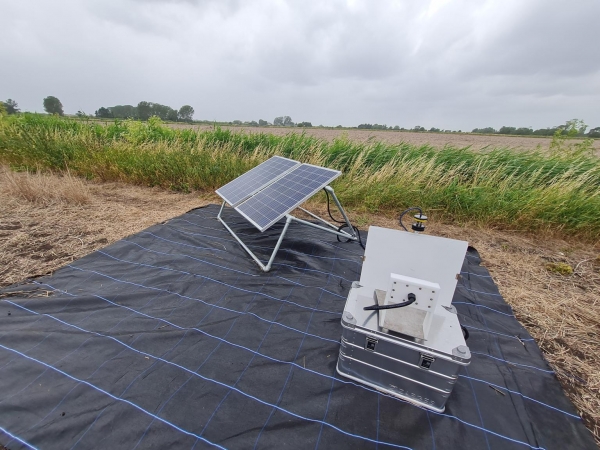Scientists are using automated wildlife sensors and artificial intelligence (AI) over the next four years to demonstrate the effectiveness of agri-environment and peatland restoration schemes in improving biodiversity.
The UK Centre for Ecology & Hydrology (UKCEH) will be deploying solar-powered biodiversity monitoring stations comprising camera ‘traps’ and acoustic recording equipment at farms across the country to monitor the presence of insects, birds, amphibians, bats and small mammals.
There will be stations at farms that are undertaking practices to reduce emissions, increase carbon capture and support wildlife, such as agroforestry and wildflower hay meadows. Stations will be placed in areas of the farm that do, and do not, have agri-environment measures, and will be used to measure the impacts of these schemes on species populations.
Read more at: UK Center for Ecology & Hydrology
An automated monitoring of insects trap at Pymoor in Cambridgeshire. (Photo Credit: UK Center for Ecology & Hydrology)


